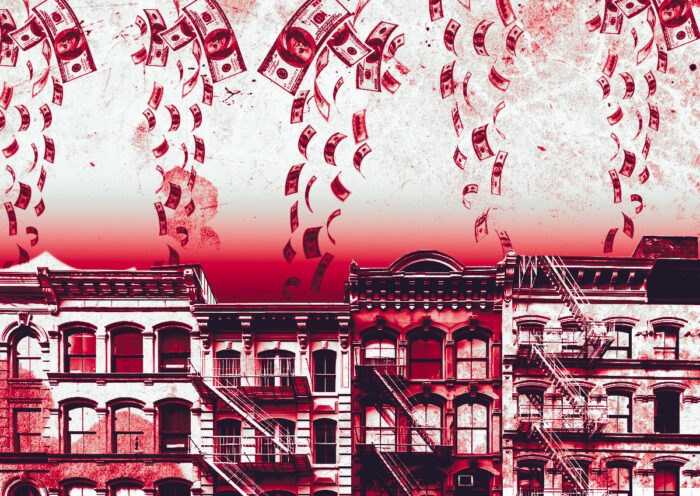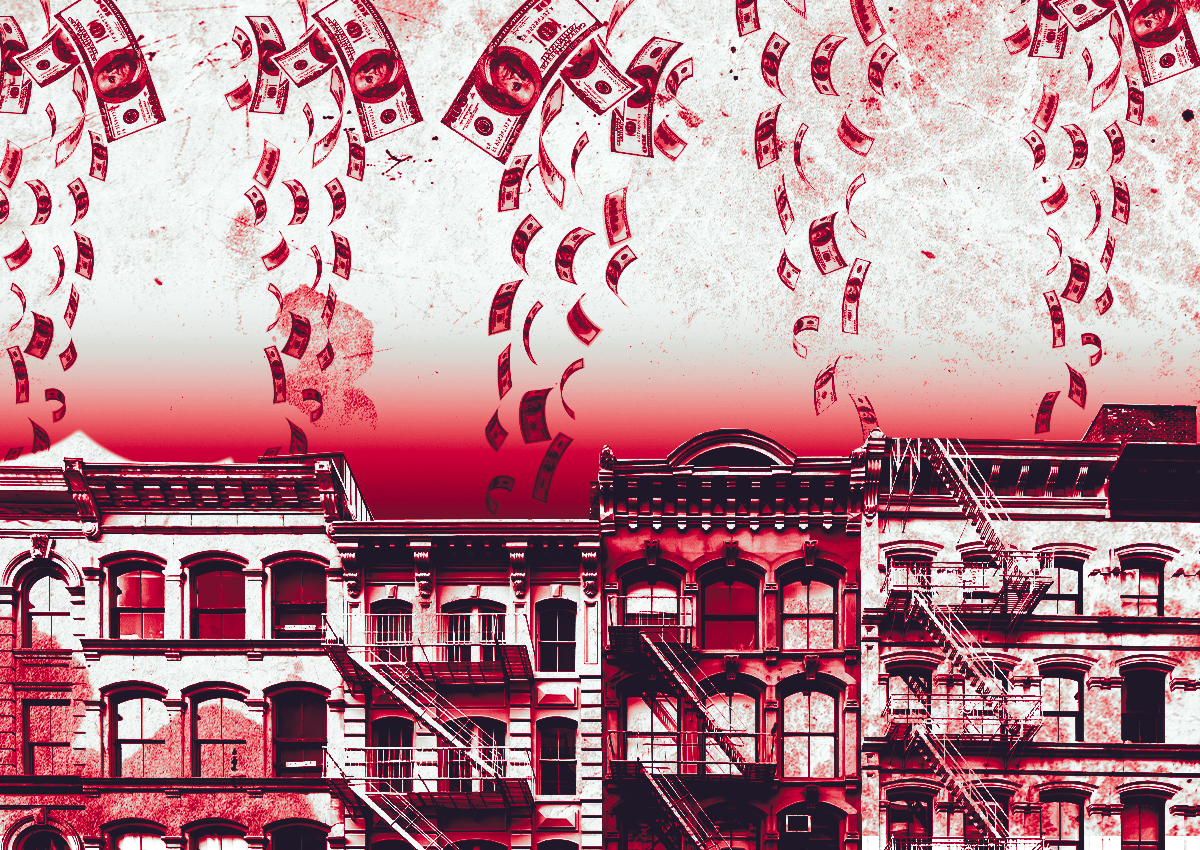
Landlords saw the gut punch coming; it didn’t lessen the blow.
The Rent Guidelines Board in a preliminary vote Wednesday night approved a 1.75 percent to 4.75 percent rent increase for one-year leases in rent-stabilized apartments and a 4.75 percent to 7.75 percent hike for two-year leases. Members also voted to freeze rents on stabilized hotels.
The board’s own data had called for a 6.3 percent hike so owners could keep pace with rising expenses. But the RGB has a habit of ignoring the numbers and bending to tenant interests, detractors claim.
Still, landlords crossed their fingers and prayed for a miracle that never came.
“We have to put it out there,” Ann Korchak, head of the Small Property Owners of New York said.
The final rent adjustments, typically voted on in June, don’t have to fall within the approved ranges. But historically, the board does not color outside the lines.
That is, landlords are almost certainly not going to see that 6.3 percent hike.
As in past years, emotions at the public meeting ran high, distorting a process that landlords say should be formulaic.
After booing each member of the nine-person board — save for the two tenant representatives — tenants screamed for a “rent freeze” through the bulk of the public meeting.
The crowd hushed only when tenant advocate Adán Soltren took the mic, striking a defeatist tone that echoed landlords’ sentiments ahead of the vote.
“Unsuprisingly, I’m sure to all of you, we are not going to get a rent freeze,” said Soltren before proposing a 0 percent to 1.75 percent increase on one-year leases that was voted down, 7-2.
“No one here is shocked,” he added.
Soltren’s stance was a marked shift from the explosive energy of prior years.
In 2023, tenants, advocates and a few politicians stormed the stage to demand a freeze and at last year’s preliminary vote, Soltren and fellow tenant member Genesis Aquino left the stage to protest a process that renters and landlords have increasingly criticized as ineffective.
“I certainly didn’t realize how far away the process can be from a simple math equation,” said Kenny Burgos, a former state assemblymember experiencing his first RGB season as head of landlord trade group the New York Apartment Association.
“I think that would be a more effective system,” he said of a data-based approach. “It removes the politics and rhetoric and theatrics from a process that’s incredibly important to housing stability in New York City.”
Though owners were hoping for a 6 percent hike, they admitted such an increase would have made little difference for many rent-regulated landlords.
“Let’s be clear, this won’t save these buildings,” said owner representative Robert Ehrlich in an opening statement. He proposed a 6 percent to 8 percent increase for one-year leases that the board also shot down 7-2.
Across the city, landlords of buildings built before 1974 have struggled to maintain their properties since a 2019 state law blocked nearly every route owners had to raise rents. The one open path: the RGB’s annual vote.
Buildings are literally falling to pieces as owners fail to pull the rents needed to maintain aging properties let alone afford the big-ticket repairs they demand.
Some buildings are “one major leak away from insolvency,” Korchak said.
The worst of the worst are 100 percent rent-stabilized buildings with no market-rate units to help boost rent rolls, especially those in the Bronx, where rents run low, arrears run high and insurance is through the roof.
Increasingly more owners in the borough are either underwater or gasping for air.
“I’m not sure 6 percent would even keep them at the same level of distress,” Burgos said.
Read more: Rent board eyes up to 4.75% hike as landlords, tenants despair

